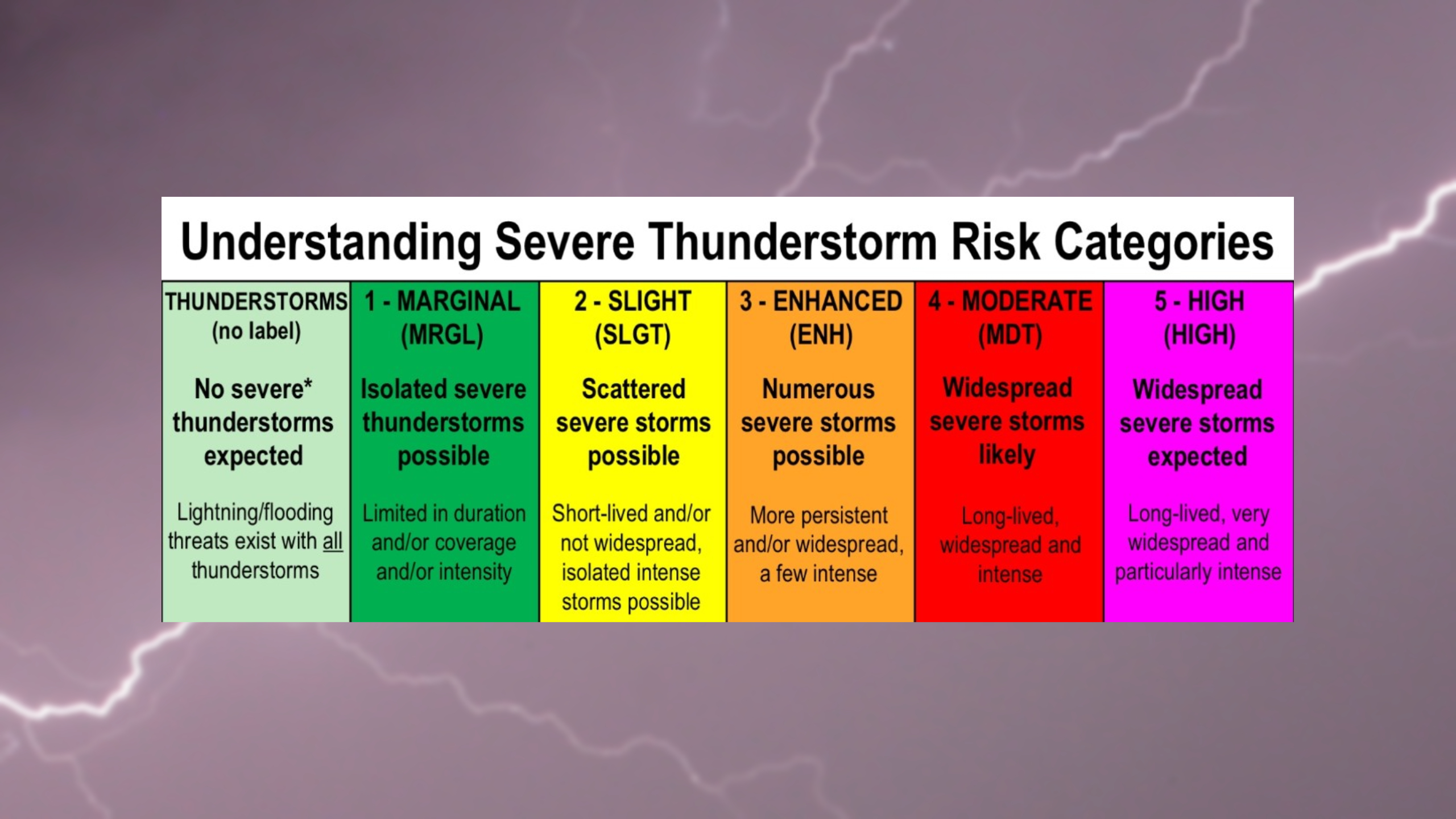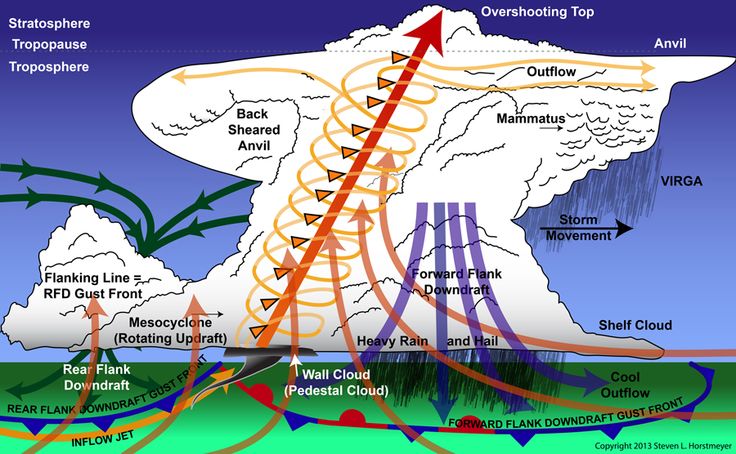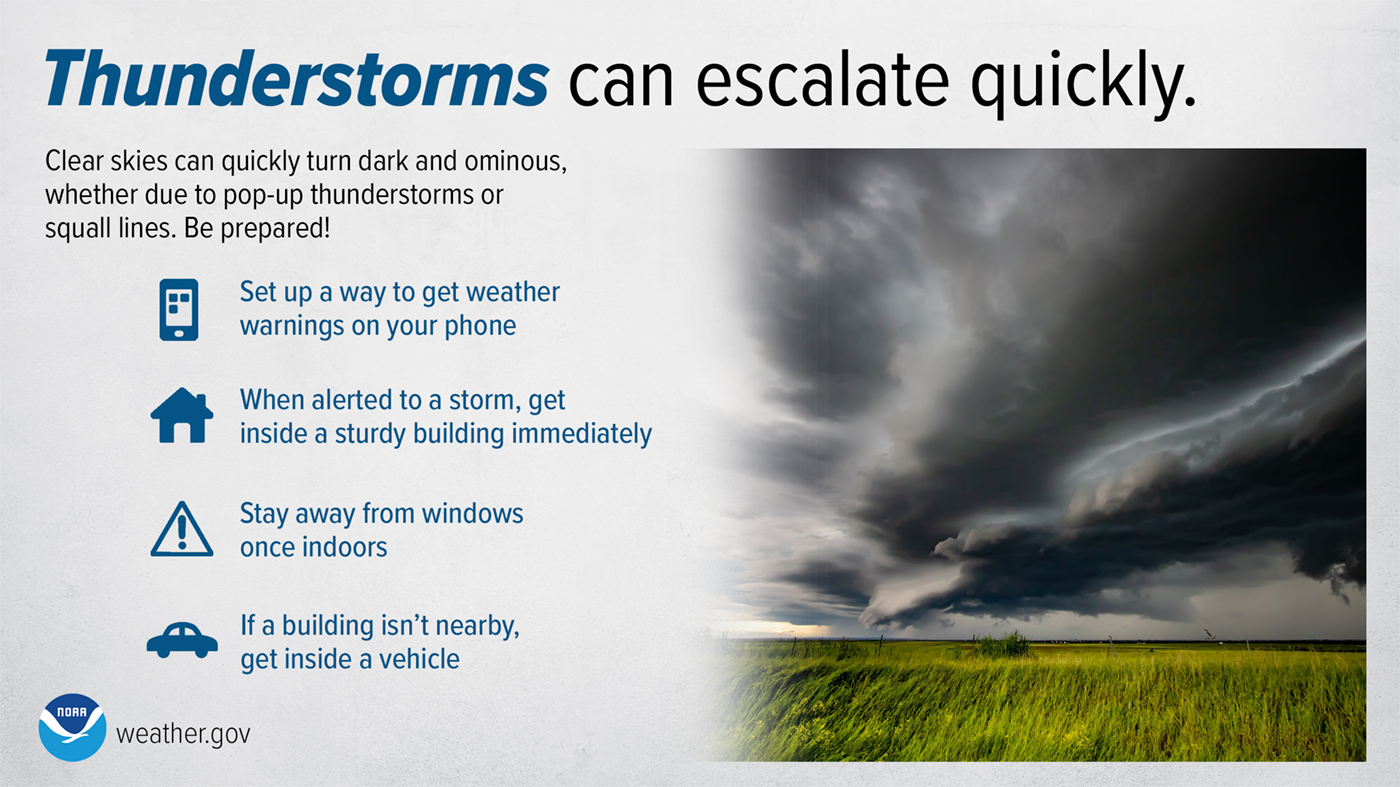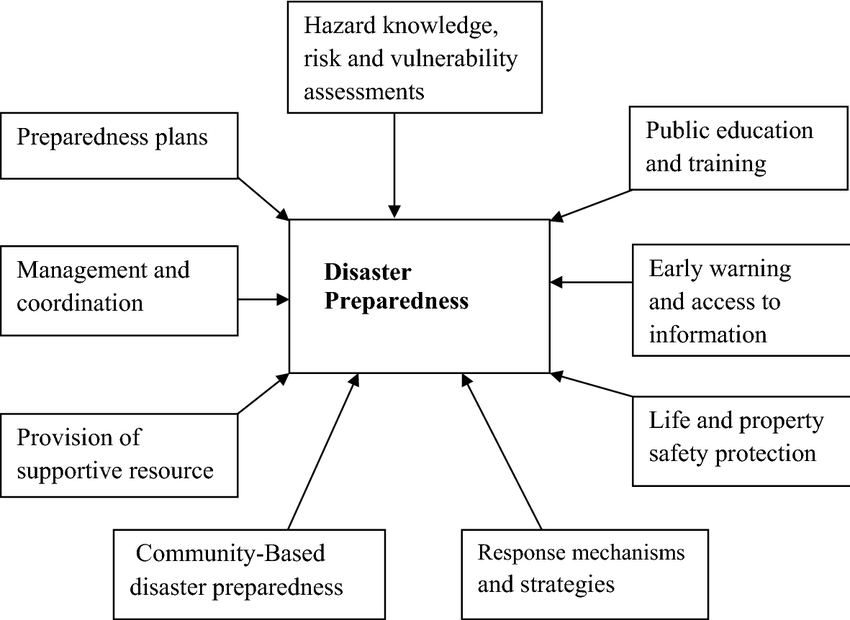Introduction
Severe thunderstorms are natural phenomena that can pose significant threats to life and property. Genesee County, like many other regions, experiences its share of these intense weather events. Understanding the dynamics of severe thunderstorms, the implications of warnings, and preparedness measures is crucial for ensuring community safety. In this comprehensive exploration, we delve into the nature of severe thunderstorms, the factors contributing to their development, the role of warning systems, and how residents of Genesee County can effectively prepare and respond.
Understanding Severe Thunderstorms

Severe thunderstorms are characterized by intense convective activity, often accompanied by heavy rain, strong winds, lightning, and sometimes hail or tornadoes. These storms typically form in environments with high levels of atmospheric instability, moisture, and wind shear. Genesee County, situated in [insert geographical location], exhibits conditions conducive to severe thunderstorm development, especially during certain seasons or weather patterns.
Factors Contributing to Severe Thunderstorm Formation

Several atmospheric factors contribute to the formation and intensification of severe thunderstorms. One crucial element is instability, which refers to the tendency of warm air to rise rapidly when overlaid by cooler, denser air. This instability promotes the upward movement of air parcels, leading to the development of towering cumulonimbus clouds—the hallmark of thunderstorms. Moisture is another critical ingredient, as it provides the necessary fuel for cloud development and precipitation. Additionally, wind shear, the variation of wind speed and direction with altitude, plays a pivotal role in organizing storms and sustaining their intensity.
Implications of Severe Thunderstorm Warnings

Severe thunderstorm warnings are issued by meteorological agencies to alert the public about imminent threats posed by approaching storms. These warnings are typically based on radar observations, satellite imagery, and ground reports. In Genesee County, residents rely on these warnings to take necessary precautions and mitigate risks. Understanding the different components of severe thunderstorm warnings, such as the distinction between watches and warnings, empowers individuals and communities to make informed decisions regarding their safety.
Response and Preparedness Measures

Preparation is key to minimizing the impact of severe thunderstorms. Residents of Genesee County can take several proactive measures to protect themselves and their property. Establishing a household emergency plan, including designated shelter areas and communication protocols, is essential. It’s also crucial to assemble an emergency kit containing essentials such as non-perishable food, water, flashlights, batteries, and a portable weather radio. Furthermore, staying informed through reliable weather sources and heeding official warnings can greatly enhance preparedness efforts.
Community Resilience and Support Systems

Building community resilience is a collective endeavor that involves collaboration between residents, local authorities, and various stakeholders. Genesee County can benefit from initiatives aimed at enhancing disaster preparedness and response capabilities. Community outreach programs, educational workshops, and drills can raise awareness and foster a culture of readiness. Additionally, leveraging technology, such as mobile applications and social media platforms, can facilitate real-time communication and coordination during severe weather events.
Conclusion
Severe thunderstorms pose significant risks to communities like Genesee County, but proactive measures and effective response strategies can mitigate these dangers. By understanding the dynamics of severe weather, interpreting warning signals, and prioritizing preparedness efforts, residents can enhance their resilience and safeguard lives and property. Continued collaboration between individuals, local authorities, and organizations is essential for building a weather-ready community capable of facing the challenges posed by severe thunderstorms and other natural hazards.
FAQs
What defines a severe thunderstorm?
Severe thunderstorms are characterized by intense convective activity, often accompanied by heavy rain, strong winds exceeding 58 mph (93 km/h), and sometimes hail larger than 1 inch (2.5 cm) in diameter. They may also produce tornadoes.
How are severe thunderstorm warnings issued?
Severe thunderstorm warnings are issued by meteorological agencies, such as the National Weather Service (NWS), based on radar observations, satellite imagery, and ground reports. These warnings alert the public about imminent threats posed by approaching storms.
What’s the difference between a thunderstorm watch and a thunderstorm warning?
A thunderstorm watch indicates that atmospheric conditions are conducive to the development of severe thunderstorms within a specified area and time frame. A thunderstorm warning, on the other hand, is issued when severe thunderstorms are imminent or already occurring in a particular area.
How can I stay informed about severe thunderstorm warnings?
Residents of Genesee County can stay informed about severe weather warnings through various channels, including local news broadcasts, weather radio, smartphone apps, and social media platforms. It’s essential to rely on trusted sources for accurate and timely information.
What should I do when a severe thunderstorm warning is issued?
When a severe thunderstorm warning is issued for your area, it’s crucial to seek shelter indoors immediately. Move to a sturdy building or an interior room away from windows, and avoid using electrical appliances or plumbing fixtures. Keep informed about the storm’s progress through reliable sources until the warning expires.
What preparations can I make to mitigate the impact of severe thunderstorms?
Preparedness measures for severe thunderstorms include establishing a household emergency plan, assembling an emergency kit with essential supplies, and securing outdoor objects that could become projectiles in high winds. It’s also essential to maintain communication with family members and neighbors and stay informed about evacuation routes and local emergency procedures.
Are there community resources available to assist during severe weather events?
Genesee County may offer resources such as emergency shelters, community alert systems, and assistance programs for vulnerable populations. It’s advisable to familiarize yourself with these resources and participate in community preparedness initiatives to enhance resilience and support systems.
How can I help others in my community during severe weather events?
You can contribute to community resilience by sharing preparedness information with neighbors, volunteering with local disaster response organizations, and participating in emergency drills and exercises. Building strong social networks and looking out for vulnerable individuals can also make a difference during severe weather events.


